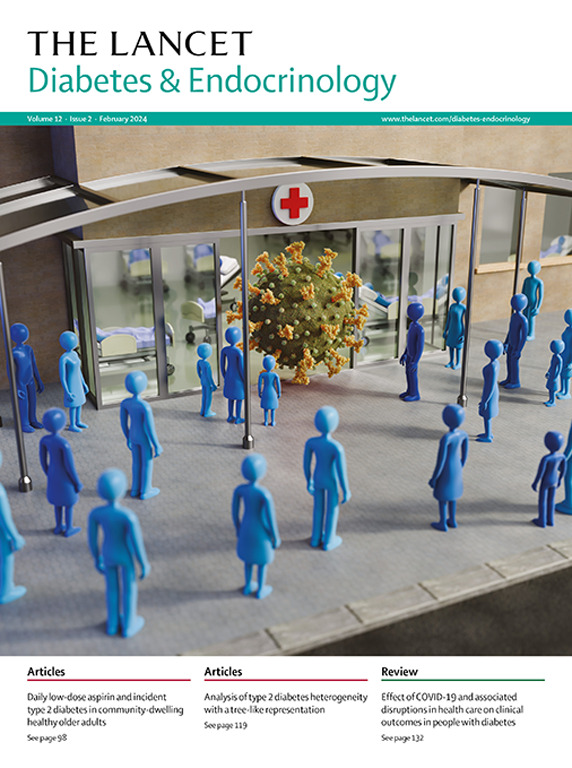通过激光增材制造技术制造出一种具有高掺杂浓度、低羟基含量和 900 纳米荧光发射的掺钕硅玻璃
IF 44
1区 医学
Q1 ENDOCRINOLOGY & METABOLISM
引用次数: 0
摘要
900 nm 波长的激光器可有效用于大气探测和其他各种应用。频率加倍的 450 nm 深蓝色激光器可用于海上军事、量子光学、生物医学、激光存储、激光显示和深紫外激光等领域。尽管 Nd3+ 被认为是产生 900 nm 激光的最佳介质,但必须解决与 1060 nm 发射波长的竞争问题。在不引入铝的掺钕硅玻璃中,三电平跃迁的发射强度高于四电平跃迁的发射强度。然而,它可能会导致 Nd3+ 之间的浓度淬灭,但与铝共掺却能有效抑制这种现象。随着 Al/Nd 比率的增加,1060 纳米波长处的发射强度相对于 900 纳米波长处的发射强度会增加。通过精确调节 Al/Nd 比率,可以在抑制 1060 纳米波长发射的同时,抑制 Nd3+ 引起的浓度淬灭。本文章由计算机程序翻译,如有差异,请以英文原文为准。
A Nd-doped silica glass with high doping concentration, low hydroxyl content, and 900 nm fluorescence emission fabricated by laser additive manufacturing
The 900 nm wavelength laser is effective for atmospheric detection and various other applications.The frequency-doubled 450 nm deep blue laser can be used in maritime military, quantum optics, biomedicine, laser storage, laser display, and deep ultraviolet laser fields, among others. Although Nd3+ is considered the optimal medium for generating 900 nm lasers, competition with the 1060 nm emission wavelength must be addressed. In Nd-doped silica glass, without the introduction of aluminum, the emission intensity of the three-level transition is higher than that of the four-level transition. However, it can cause a concentration quenching between Nd3+, but co-doping with Al can effectively suppress it. As the Al/Nd ratio increases, the emission intensity at 1060 nm increases relative to that at 900 nm. By precisely adjusting the Al/Nd ratio, it is possible to suppress the 1060 nm emission while also inhibiting concentration quenching caused by Nd3+.
求助全文
通过发布文献求助,成功后即可免费获取论文全文。
去求助
来源期刊

The Lancet Diabetes & Endocrinology
ENDOCRINOLOGY & METABOLISM-
CiteScore
61.50
自引率
1.60%
发文量
371
期刊介绍:
The Lancet Diabetes & Endocrinology, an independent journal with a global perspective and strong clinical focus, features original clinical research, expert reviews, news, and opinion pieces in each monthly issue. Covering topics like diabetes, obesity, nutrition, and more, the journal provides insights into clinical advances and practice-changing research worldwide. It welcomes original research advocating change or shedding light on clinical practice, as well as informative reviews on related topics, especially those with global health importance and relevance to low-income and middle-income countries. The journal publishes various content types, including Articles, Reviews, Comments, Correspondence, Health Policy, and Personal Views, along with Series and Commissions aiming to drive positive change in clinical practice and health policy in diabetes and endocrinology.
 求助内容:
求助内容: 应助结果提醒方式:
应助结果提醒方式:


